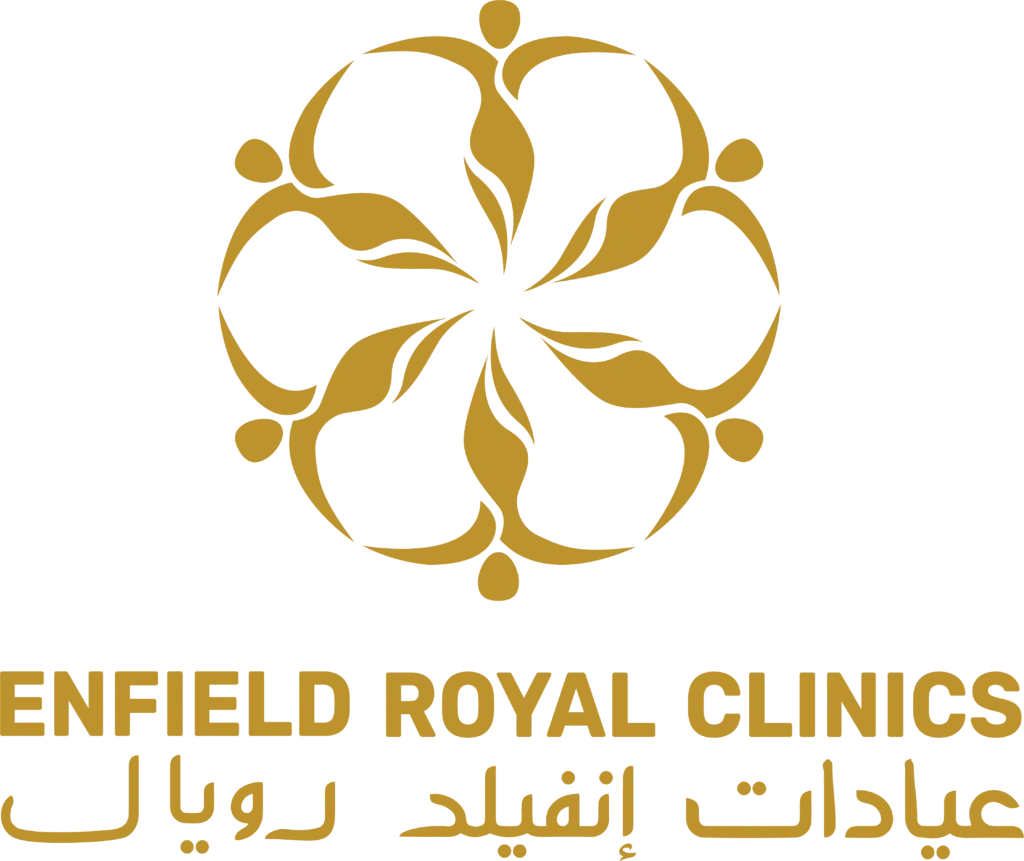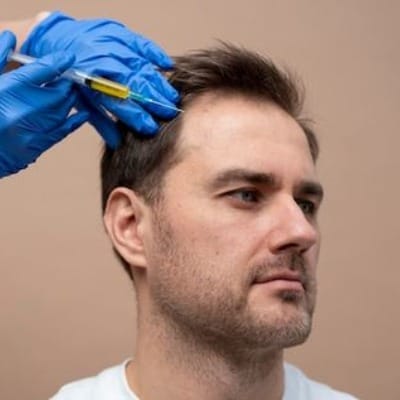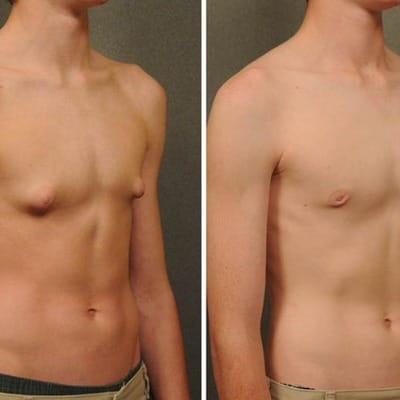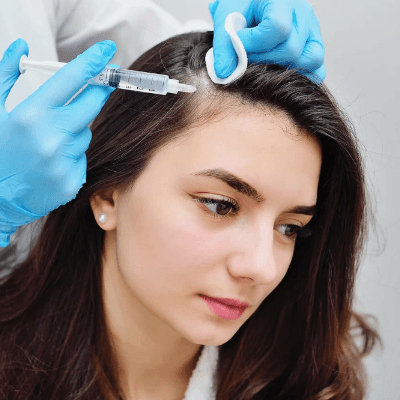Platelet-rich plasma in Islamabad is a therapy that has become a popular treatment for many conditions, including alopecia. The procedure utilizes your blood to promote regeneration in the application area, and it would make sense to be concerned with post-treatment procedures, including exercise. It is important to understand when and how to get back on your feet to optimize for the outcomes of your PRP injections in Islamabad.
What is PRP Therapy?
PRP therapy is an anti-aging treatment that involves spinning the patient’s growth factors in a small amount of blood and then injected back into the treated area. The high concentration of platelets contains growth factors that help repair and minimize inflammation. PRP is an autologous, and safe procedure for the most part with no risks of allergic reactions.
Why Exercise after PRP is important?
After any PRP injection, it is all about the body’s time to heal and respond to the injected material. After undergoing PRP treatment, people must find the right balance for their physical activity to maintain mobility.
Immediate Post-PRP Guidelines
In any other injection, your esthetician will recommend certain activities to avoid after the PRP injection. Here’s what to expect:
First 24-48 Hours:
It is recommended to avoid exerting pressure on your body. This is a very important period for the first signs of PRP incorporation into the treated area of the body.
Minimize Strain:
You should not perform any exercises or movements that put weight on the treated area if you have PRP (Platelet-Rich Plasma) in your knee. Instead, walking is advised for you.
Pain and Swelling Management:
As expected there is mild pain, edema, and inflammation after the treatment and this only lasts for a few days. People can also apply ice packs to lessen the discomfort. Besides that do not take any anti-inflammatory drugs that hinder the healing process.
Can I Exercise After Receiving PRP Injections?
Many people can go back to their full schedule of exercising after PRP even if indeed, they only feel mild pain and discomfort. Nevertheless, the most crucial thing a patient should follow is the doctor’s guidelines regarding an exercise ban.
Joint or Tendon PRP Injections:
People gradually return to activity when they use the PRP for joint or tendon injury. Most of these treatments recommend avoiding high-impact exercises such as running and jumping for at least 1-2 weeks. If your doctor allows, you can resume light activities earlier, such as taking walks and doing gentle stretching exercises.
Hair Restoration PRP Injections:
Hair PRP treatments are about injections of PRP solution into the scalp, so there are no restrictions on movements. The general recommendation will allow gentle exercise within 24-48 hours of treatment though rigorous tasks such as exercises that cause sweating greatly will not be encouraged.
Facial or Skin PRP Injections (e.g., Microneedling with PRP):
During skin regeneration treatment with PRP, a person’s face or any skin region is injected, resulting in exercise limitations for them. Within the first few days, avoiding mild or moderate exercises that make you sweat is important for promoting healing, as they can slow down the process.
Exercise Recommendations Based on PRP Recovery Stages
Here’s how to ease into exercise based on recovery stages:
First Week (Days 3-7):
Soon after creating a time of inactivity, simple exercises like stretching or practicing yoga do not lead to harm as long as they are not painful.
Second Week (Days 7-14):
If permitted by your aesthetician then cycling swimming, or any other mild exercise that you’ve previously been doing can easily be continued.
Why Rushing Recovery Can Delay Healing?
PRP Injections kick-start the body’s healing process, not functioning as a standalone healer. You should wait before jumping back into exercise to avoid hindering the process.
How to Prepare for a Gradual Return to Exercise
Maintain Mobility Without Strain:
Simple motor activities will help prevent stiffness by avoiding stressful activities. For example, the promotion of simple circular movements, such as ankle brushing or wrist brushing, can increase blood circulation without exerting stress on the stimulated area.
Monitor Your Body’s Signals:
But even if your doctor gives you clearance to go back to exercising, be always mindful of this message: trust your body. After the treatment, it is normal to have minor pain, swelling, or stiffness in the treated joint or area observe reduced activity, and contact the health care provider if the symptoms prevail.
Final Thoughts
PRP therapy is a relatively new but very effective treatment that makes use of the body’s healing ability for joint, tendon, and skin repair. After PRP treatment is completed, it is best to approach exercise slowly to allow PRP to show its optimal results. If you are considering having this treatment, you should visit Enfield Royal Clinics to discuss the details with them






Leave a Reply